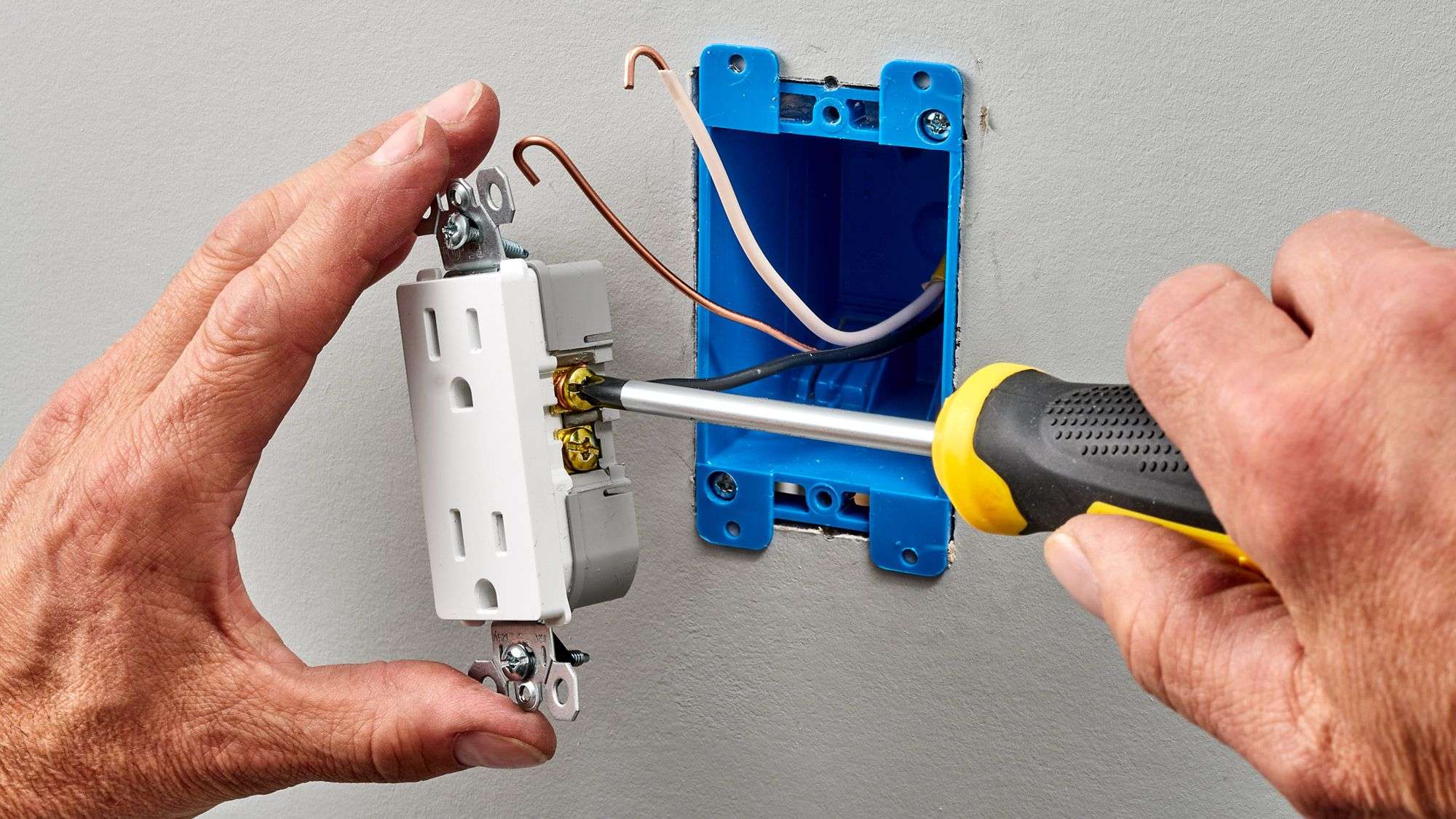Understanding Vanity Outlet Placement: Bathroom Vanity Outlet Placement

Strategically placing vanity outlets in a bathroom is crucial for functionality, safety, and aesthetics. It ensures you have convenient access to power for your bathroom essentials, such as electric toothbrushes, hairdryers, and shavers. Moreover, well-placed outlets prevent cords from cluttering the counter or trailing dangerously on the floor.
Electrical Codes and Regulations
Electrical codes and regulations are designed to ensure safety and prevent electrical hazards. It’s essential to adhere to these codes when planning your bathroom vanity outlet placement. For example, outlets in bathrooms should be GFCI (Ground Fault Circuit Interrupter) protected, meaning they automatically shut off the power in case of a ground fault, reducing the risk of electric shock. Additionally, outlets should be located a specific distance from water sources, such as sinks and bathtubs, to minimize the risk of water damage.
Accessibility and Functionality
Accessibility is a key factor in bathroom design, especially for individuals with mobility challenges. Placing outlets at accessible heights, typically between 15 and 48 inches from the floor, makes them easy to reach for everyone. Furthermore, consider the placement of outlets in relation to mirrors and lighting fixtures to ensure they are not obstructed. For example, outlets placed behind mirrors can be difficult to access, while outlets placed near lighting fixtures can cause glare or interfere with the lighting.
Aesthetics and Design Considerations, Bathroom vanity outlet placement
While functionality is essential, aesthetics also play a role in bathroom design. Consider the overall style of your bathroom and choose outlets that complement the design. For example, if you have a modern bathroom, sleek and minimalist outlets would be appropriate. If you have a traditional bathroom, outlets with decorative covers or trims might be a better choice. In addition to the style of the outlet, consider its placement in relation to other bathroom fixtures and accessories to maintain a cohesive and visually appealing design.
Common Bathroom Layouts and Outlet Placement
The placement of vanity outlets can vary depending on the layout of the bathroom. Here are some examples of common bathroom layouts and how outlet placement can be adapted:
- Single Vanity Bathroom: In a single vanity bathroom, the outlet is typically placed on the backsplash behind the sink, providing convenient access for plugging in appliances. This placement is often centered above the sink or slightly offset to the side.
- Double Vanity Bathroom: Double vanity bathrooms typically have two outlets, one on each side of the sink. These outlets are usually placed on the backsplash behind the sinks, ensuring easy access for both sides of the vanity.
- Corner Vanity Bathroom: Corner vanities present unique challenges for outlet placement. The outlet can be placed on the backsplash behind the sink, but it might be necessary to use a junction box to extend the wiring to reach the desired location.
Types of Vanity Outlets

Choosing the right type of outlet for your bathroom vanity is essential for both functionality and safety. There are several options available, each with its own advantages and disadvantages. Let’s explore the most common types and their suitability for bathroom use.
Standard Outlets
Standard outlets are the most basic type of electrical outlet, commonly found in homes. While they provide a reliable power source, they lack the safety features specifically designed for wet environments like bathrooms.
Standard outlets are not recommended for bathroom vanities due to the inherent risk of electrical shock in damp conditions.
GFCI Outlets
GFCI (Ground Fault Circuit Interrupter) outlets are designed to prevent electrical shocks. They are equipped with a built-in sensor that detects a ground fault, which occurs when an electrical current flows through an unintended path, such as a person’s body. If a ground fault is detected, the GFCI outlet will immediately cut off the power, preventing potential electrocution.
GFCI outlets are the safest option for bathroom vanities.
USB Outlets
USB outlets are becoming increasingly popular as they provide a convenient way to charge electronic devices. They are typically installed with a standard outlet, offering both traditional and USB charging capabilities.
USB outlets are a practical addition to bathroom vanities, especially for charging smartphones, electric toothbrushes, or other small electronics.
Comparison of Outlet Types
The following table summarizes the key features and benefits of each outlet type:
| Outlet Type | Features | Benefits | Disadvantages | Standard | Basic outlet with no special safety features | Cost-effective | Not recommended for bathroom vanities due to safety concerns | GFCI | Includes a built-in sensor that detects ground faults and cuts off power | Safer for wet environments | More expensive than standard outlets | USB | Offers both traditional and USB charging capabilities | Convenient for charging electronic devices | May be more expensive than standard outlets |
|---|
